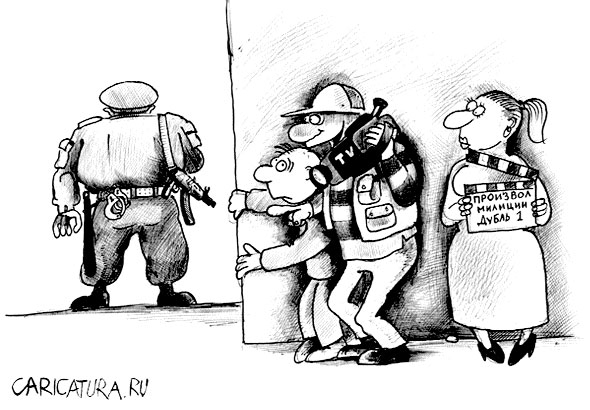In the post-Soviet countries, this fight achieves success when it is on the borderline of legality and illegality.
The finest hour for political and civic activism in Armenia was the 1988-1990s. It’s clear why. On February 1988, full stomach people have come out to the streets who sincerely believed in certain ideas. Today, there are also 100 thousand citizens protesting in European cities. Their demands could also be social, for instance, “raise the retirement age,” but it is not the point that they do not have the resources to live and hope that they would get it with the help of protesting.
When hungry people go out on the street, or the political forces are trying to use them, it can turn into looting of a luxury store, burning the houses of the rich, in the minimum, different types of disturbances, in short, actions that in the case of being suppressed by the authorities, they would furthermore harden the regime, while, in the case of missing the suppression, they would lead to chaos. In both cases, the financial situation of this poorest class would be deteriorated.
The “Karabakh” Committee, as well as, let’s say, Saakashvili or Poroshenko led revolutionaries managed to remain on the borderline of legality and illegality because they were sure that at some stage, the police would not suppress the opposition activities, even in the case if they were formally illegal. The situation was such, and, I repeat, the protesters’ quality was higher, and, of course, it is also very important that these “qualified protestors” were not 10 or even 100 people but dozens of thousands.
Read also
The situation is different in today’s Armenia. Any protest, no matter how well it fits in the boundaries of legality is easily suppressed by the authorities. Everything proceeds by a “classic” scenario.
I will bring a simply “personal” example, which I think illustrates the current phase of the street fighting in Armenia. Suppose, I go out to the street to protest against Irina Allegrova’s concert. If I write a poster with my hand, “Down with vulgarity”, no one would pay attention to it. If I shout out my mottos, they would pay attention, but not to my mottos but to my mental state. What should I do? Perhaps, I should come out to the Leningrad street, in front of the Sports complex and disturb the traffic. The police would interfere. The rest depends on how much tireless activist I am and how professional the police are.
If I quietly go back onto the sidewalk, then the incident would be completed. If I start shouting, “I as a citizen of Armenia have the right to stand wherever I want,” and begin putting up a resistance, then the police, with or without swearwords, with or without hitting (depending on the professionalism), would take me to the police station. If they keep me there longer, I would become a political prisoner or even a prisoner of conscience. My friends Artur Sakunts and Avetik Ishkhanyan would explain that according to all European conventions, my protest is more important than the safe traffic.
Here is the “classic scenario” which, of course, may have certain “sub-options,” but the outcome would be the same – Alegrova’s concert, in all cases, would take place.
Maybe, the opponents and activists would reconsider their views about the street fights?
Aram ABRAHAMYAN
























































